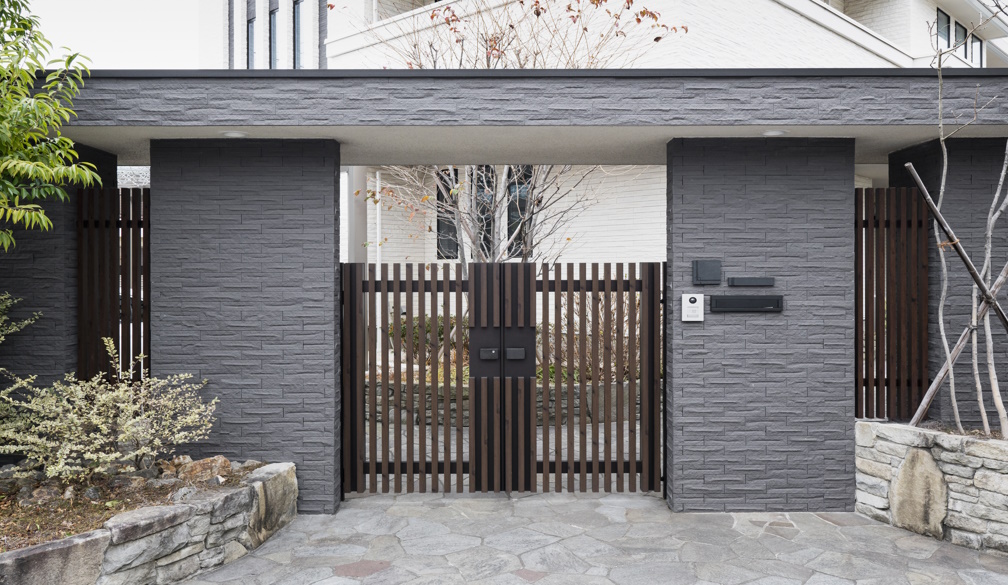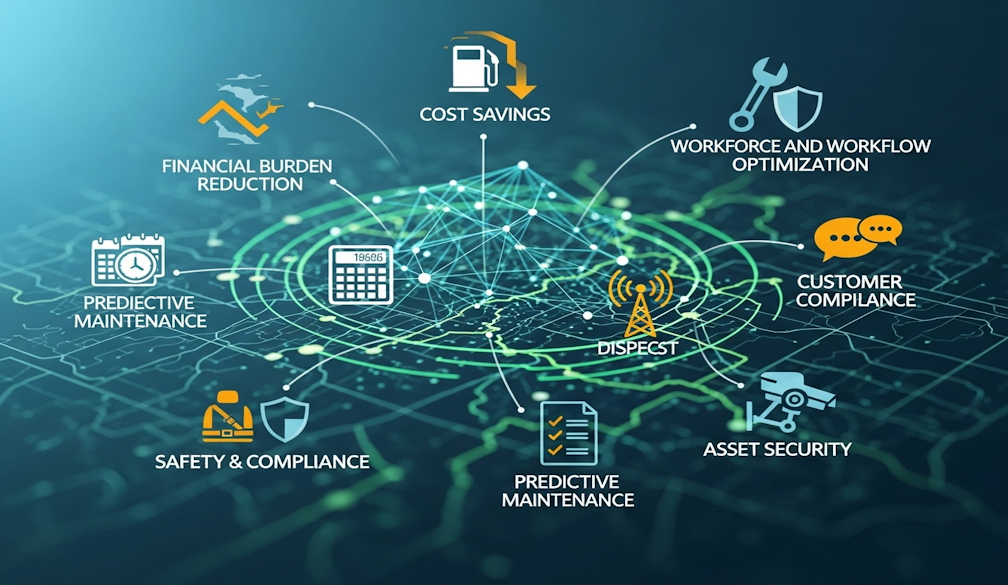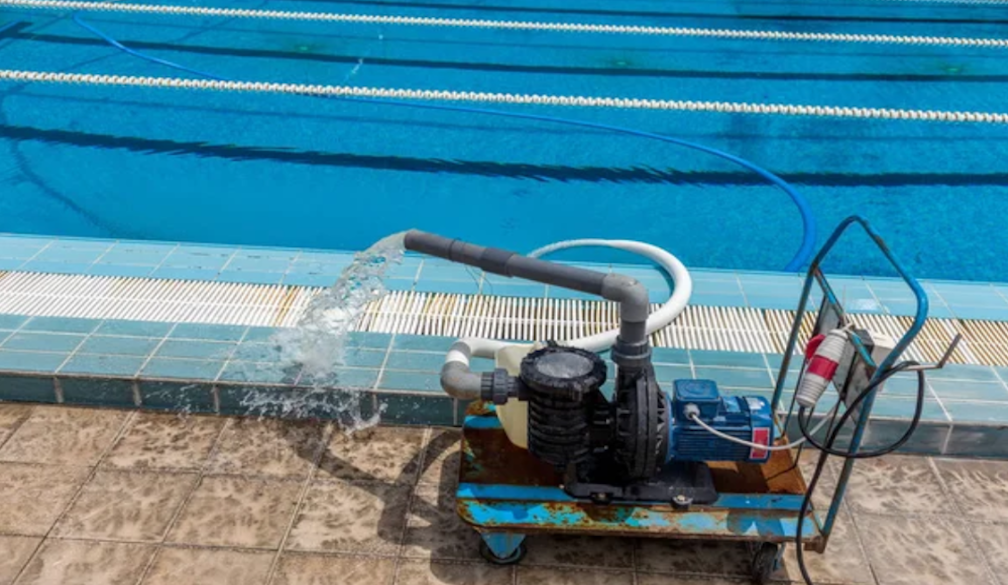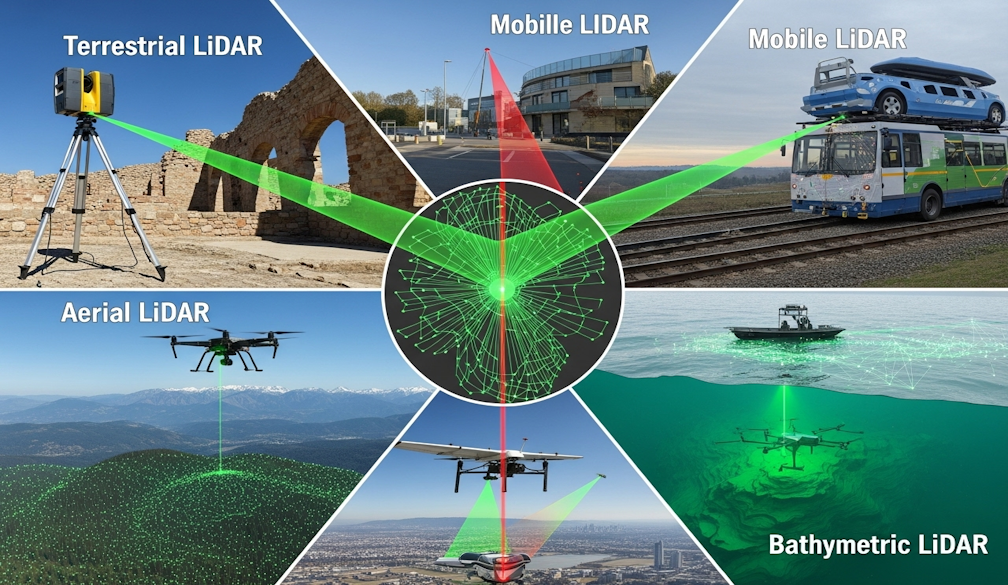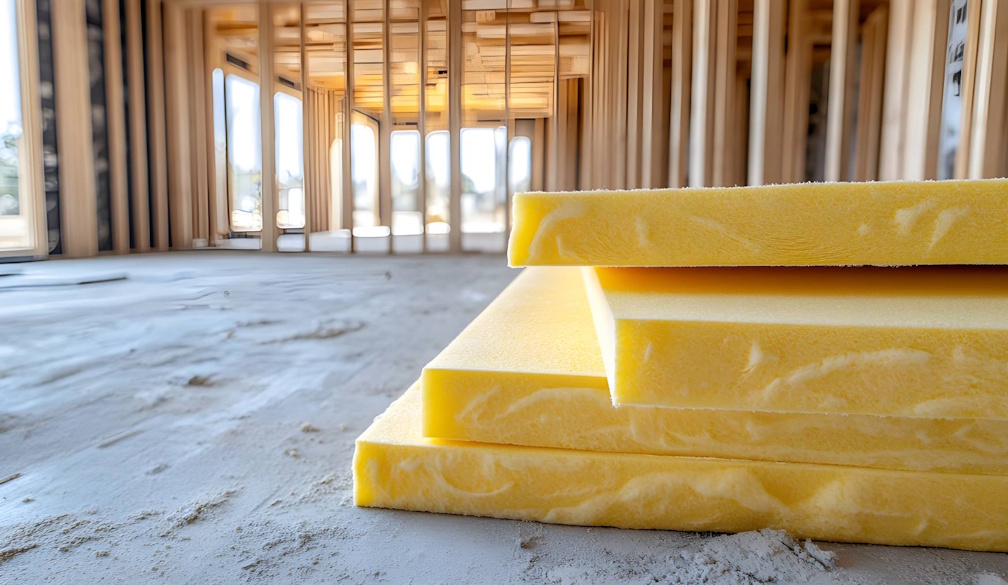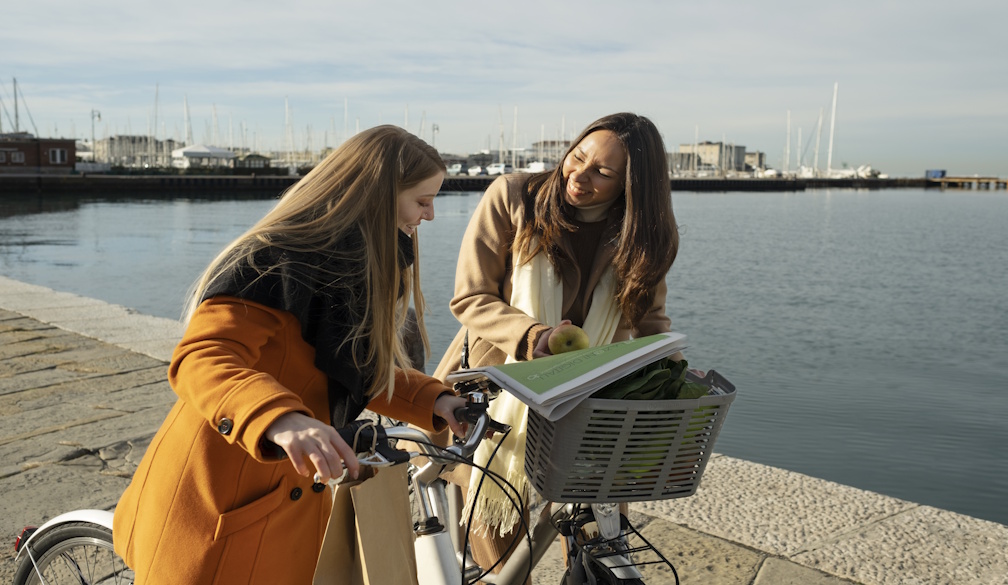Beyond Sunscreen: Building a Sun-Smart Culture in Modern Australia

Australia’s sun-soaked lifestyle is a defining part of its national identity. From beaches and sports fields to weekend barbecues and bushwalks, the outdoors is woven into everyday life. However, this way of life comes with a sobering reality: Australia has one of the highest rates of skin cancer in the world.
While sunscreen has long been the first line of defense, building a truly sun-smart culture requires going further. It’s about embedding skin protection into habits, communities, and healthcare systems.
Why Sunscreen Alone Isn’t Enough
Sunscreen is an essential part of sun protection, but relying on it alone gives a false sense of security.
- Human Error: Many people forget to reapply or don’t use enough sunscreen.
- Coverage Gaps: Missed spots like the scalp, ears, or tops of feet are common.
- Limited Duration: Even the best sunscreens wear off with sweat, swimming, or time.
- Overconfidence: People often stay out longer in the sun believing sunscreen makes them invincible.
For Australia, where UV levels can be extreme, sunscreen should be part of a bigger plan, not the entire strategy. Clinics like skinchx.com.au emphasize that prevention also means regular skin checks and a layered approach to sun safety.
The Sun-Smart Lifestyle
A sun-smart culture means treating skin protection as a lifestyle choice, much like fitness or nutrition. It involves layering multiple protective habits and making them part of everyday routines.
Sun-Smart Clothing
Wearing wide-brimmed hats, UV-protective fabrics, and sunglasses shields vulnerable areas that sunscreen often misses. Lightweight, stylish designs make it easy to combine safety with comfort.
Shaded Environments
Australians are learning to value shade in both natural and urban spaces. Parks, schools, and outdoor venues are increasingly investing in shaded seating and shelters, helping reduce direct UV exposure.
Daily Habits
Checking the UV index before heading out is becoming as routine as checking the weather. Avoiding peak sun hours (10 a.m. to 4 p.m.) can dramatically lower exposure.
The Cultural Side of Sun Safety
Sun protection in Australia isn’t just medical; it’s cultural. The way Australians approach outdoor activities reflects national values of resilience and freedom, but there’s a growing recognition that protection is part of this identity.
Sun Safety in Sports
Sports like cricket, surfing, and netball are deeply tied to Australia’s culture. Promoting hats, shade breaks, and sunscreen at sporting events normalizes protection for younger generations.
Fashion Meets Function
Designers are embracing UV-protective clothing, turning practical sun safety into fashionable everyday wear. This trend makes it easier for Australians to stay protected without compromising on style.
Community Education and Awareness
Building a sun-smart culture also requires collective awareness. Schools, workplaces, and sporting clubs all play roles in spreading the message.
Schools Leading the Way
Australian schools have pioneered programs such as “No Hat, No Play,” ensuring children develop sun-safe habits from an early age. These lessons carry into adulthood.
Workplaces and Outdoor Professions
Outdoor workers face higher risks. Employers are increasingly adopting policies around protective clothing, scheduled shade breaks, and regular skin checks for staff.
Sports and Community Groups
Local sports clubs are well-placed to model sun-smart behaviors, encouraging members to apply sunscreen, wear hats, and provide shaded sidelines.
The Role of Regular Skin Checks
Even the best prevention strategies can’t eliminate risk entirely. That’s why regular skin checks are vital in catching potential cancers early.
Early Detection Saves Lives
Skin cancers such as melanoma can spread quickly, but if detected early, they are highly treatable. Routine skin checks significantly improve survival rates.
Accessible Clinics
Specialized clinics make it easier than ever for Australians to access professional skin checks. These clinics use advanced tools like dermatoscopes and digital imaging to identify subtle changes that might otherwise be missed.
Peace of Mind
Regular screenings provide reassurance, helping individuals feel confident that they’re staying ahead of potential risks.
For those in Perth seeking expert care, experts offer professional skin cancer screening services with a focus on prevention and early detection.
Technology’s Role in Skin Cancer Prevention
Modern tools are enhancing how Australians approach prevention and early detection.
Digital Imaging and Dermatoscopy
High-resolution technology allows practitioners to track skin changes with precision. This technology is particularly effective for hard-to-see areas such as the scalp.
Telehealth Options
For people in regional areas, telehealth consultations provide a way to stay connected with specialists, ensuring timely advice and follow-ups.
AI in Screening
Artificial intelligence is increasingly being used to assist practitioners in analyzing images, identifying risk areas, and supporting accurate diagnoses.
Towards a National Sun-Smart Culture
Australia has made significant strides in public awareness, but a truly sun-smart culture requires national commitment.
- Government Initiatives: Expanding public health campaigns and potentially introducing structured national skin screening programs.
- Healthcare Integration: Encouraging GPs and specialists to routinely discuss sun safety and recommend regular skin checks.
- Community Design: Incorporating shade and sun-safe infrastructure into urban planning.
- Cultural Shift: Normalizing hats, long sleeves, and skin checks as part of modern Australian life.
Conclusion
Sunscreen will always be a cornerstone of sun safety, but it cannot stand alone. A comprehensive, sun-smart culture in Australia involves lifestyle choices, community awareness, and proactive healthcare. By embracing protective clothing, shaded environments, education, and regular skin checks, Australians can continue to enjoy their outdoor way of life without compromising their health.




